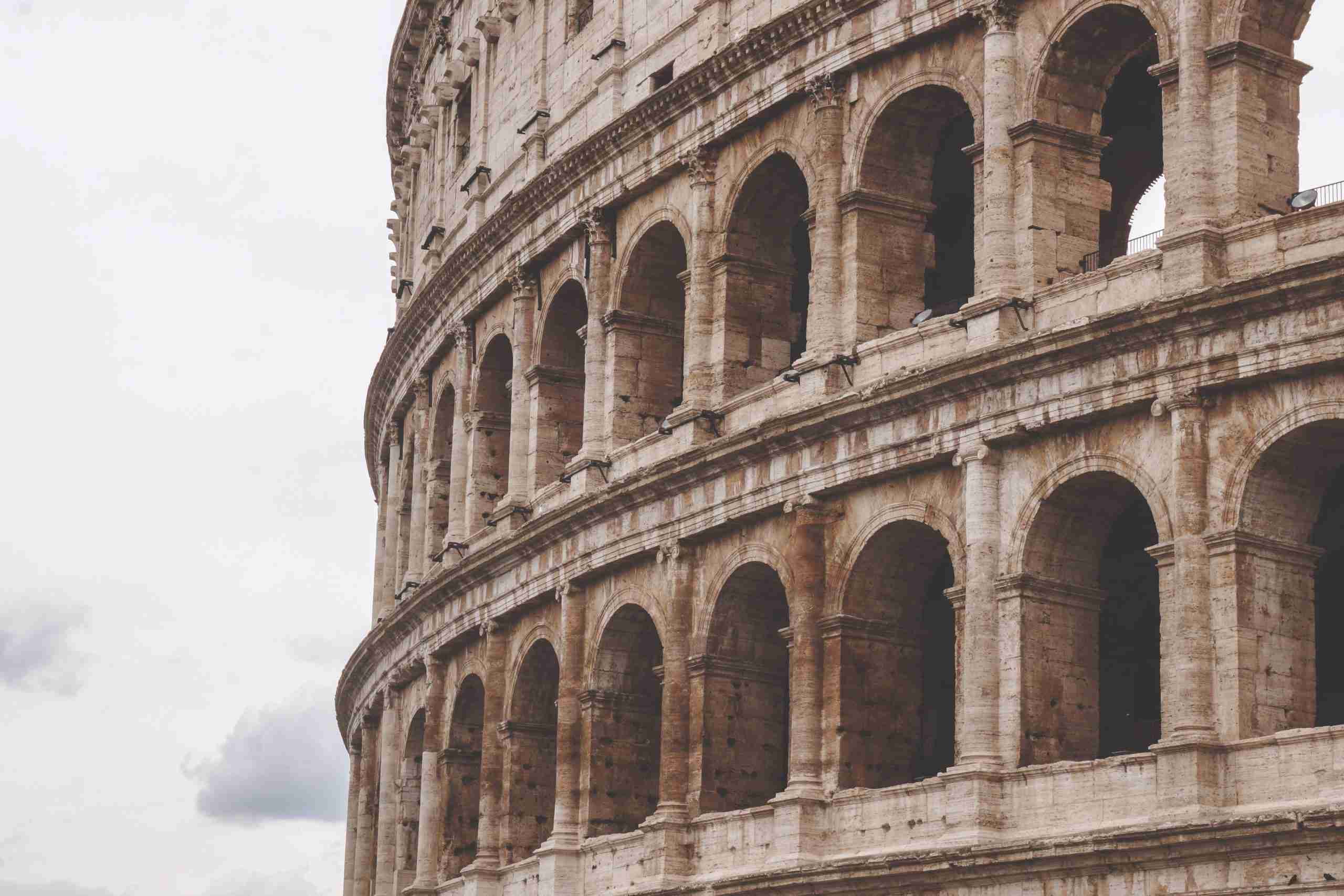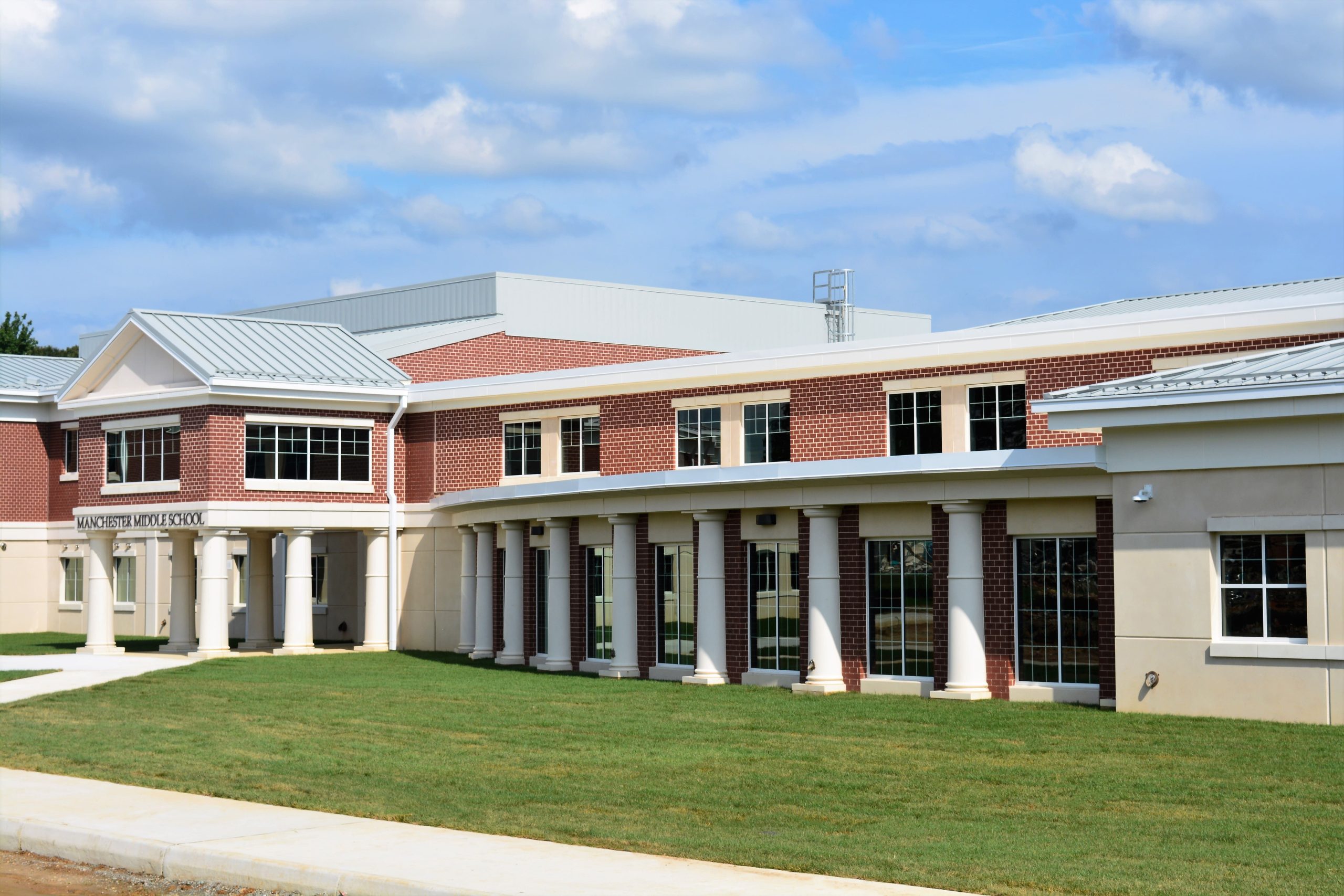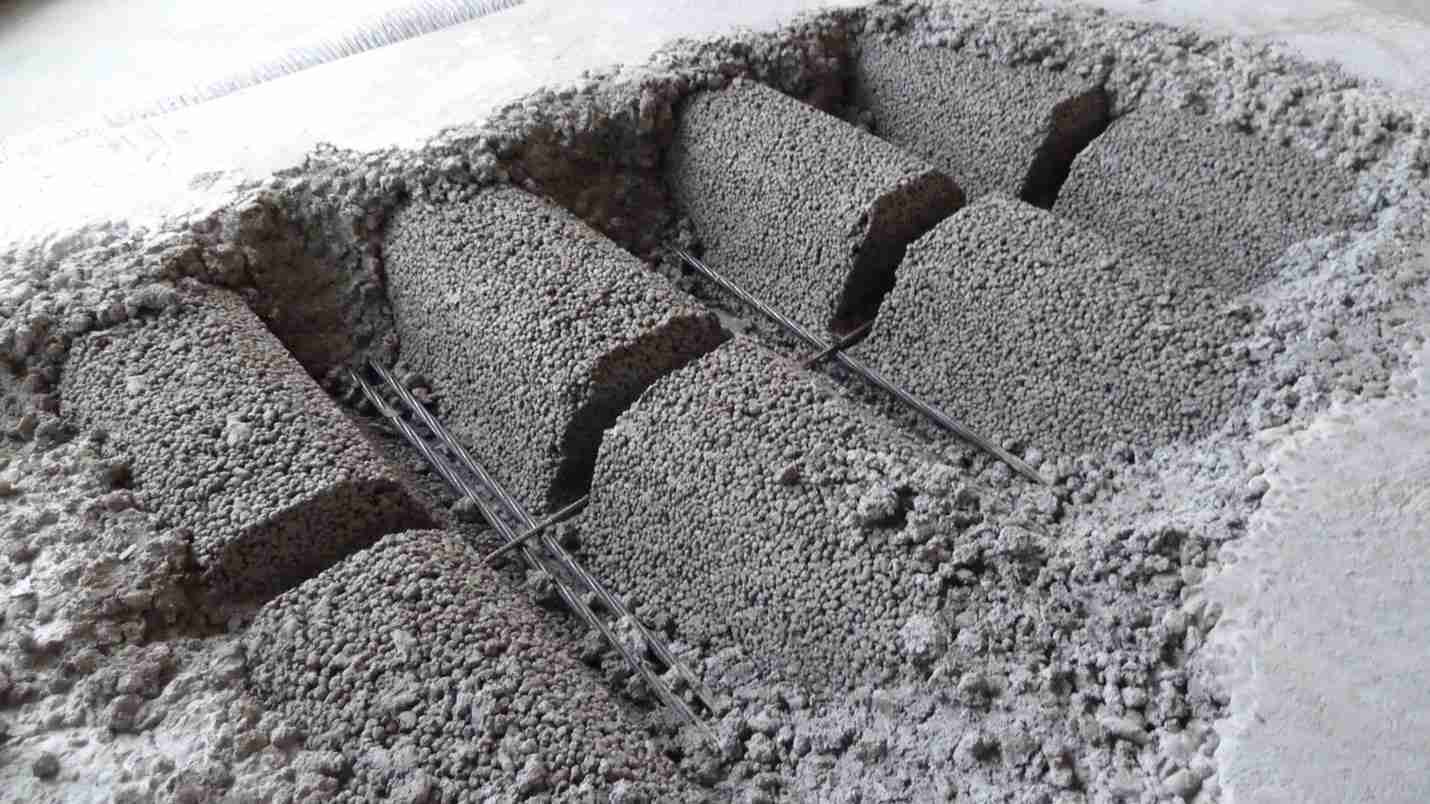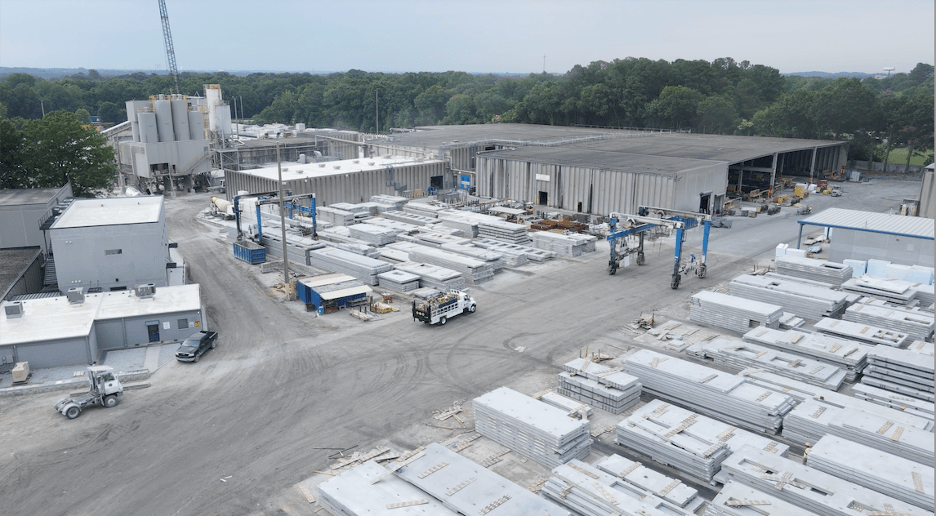Precast Concrete Construction Has a Rich History
While precast concrete is one of the most efficient, versatile, and reliable construction materials in the industry today, some people may struggle to name a famous precast concrete building off the top of their heads. In fact, despite the numerous advancements and achievements of modern precast concrete construction, many people’s minds still go to parking decks when they hear the word “precast.”
But did you know that some of the world’s most iconic architectural marvels (both historically and today) utilized precast concrete construction? If you thought that precast concrete construction was a modern technique, you would be half right. While precast concrete designs became increasingly popular in the mid-20th century, leading to countless innovations in both production techniques and capabilities, the act of pouring concrete into reusable molds dates back thousands of years.
To celebrate the history, flexibility, and potential of precast, let’s take a look at a few famous buildings around the world that you might not have known were made from precast concrete.
The Pantheon, The Colosseum, and Ancient Rome
Some of the world’s most famous concrete structures standing today are the ones built by the ancient Romans nearly two thousand years ago. By combining lime with volcanic ash and pouring the mixture into wooden forms, builders could repeatedly create long-lasting, durable, and often aesthetically striking structures. This early precast concrete production technique allowed for endless design possibilities and saved valuable time and effort during construction. Precast concrete was used to cast many of the standout elements of iconic Roman infrastructure systems, such as the early aqueducts and catacombs, and other historical silhouettes, including the Colosseum and the Pantheon.
The ancient Romans did not utilize reinforced concrete (concrete strengthened with steel frameworks inside), yet they were able to create genuinely remarkable structures that have weathered the years beautifully. This is due, in part, to their incredible gift for engineering, evidenced not only in their precast concrete but in a wide range of other time-tested techniques, such as the Roman arch.
Maybe it’s no wonder that the Tindall Superior Lightweight All-Purpose Beam (T-SLAB®) floor system was inspired by the Romans’ time-tested architectural design. The longevity of Roman structures is a testament to their ingenuity and mastery of construction, making it no surprise that their legacy lives on today through their existing structures and their continued impact on modern architecture.
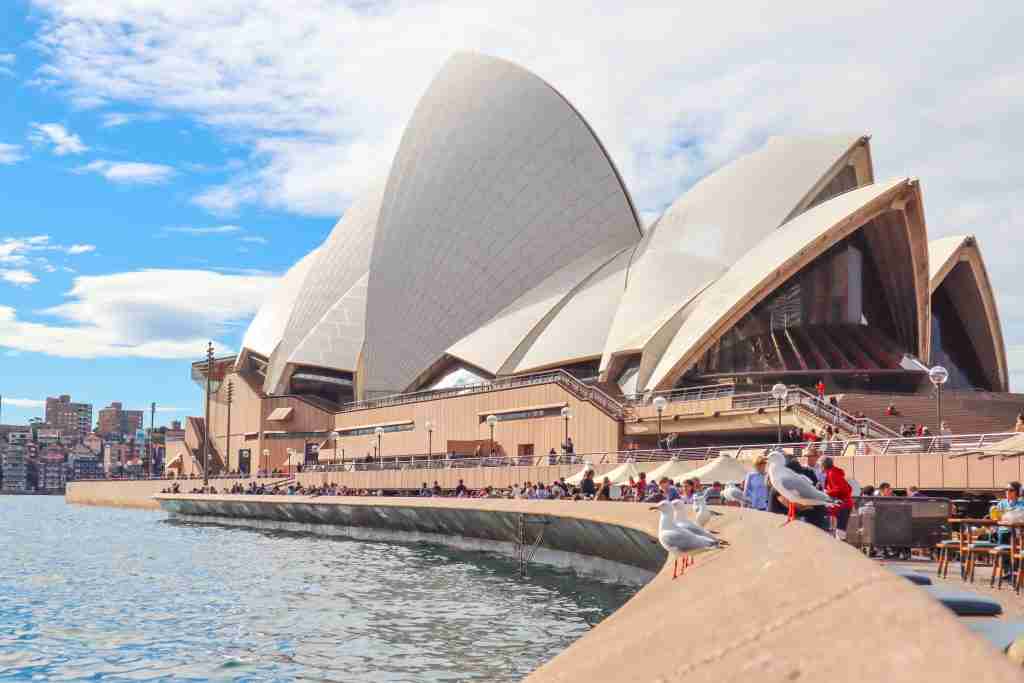
Sydney Opera House
The Sydney Opera House in Sydney, Australia, is undeniably one of the world’s most iconic architectural wonders — one that may never have been completed had it not been for precast concrete. Conceptualized in 1957 and officially opened to the public in 1973, the Opera House has an ultra-modern design made famous by its complex geometric shape. The building is nearly four and a half acres in size, 22 stories tall, and has a shell or sail-like appearance due to the shape of its roof. The roof alone consists of 2,200 precast sections covered with over one million architectural precast panels, and all of this is supported by a series of structural precast concrete ribs that run underneath.
To say precast techniques played a role in its construction would be an understatement, and while the Sydney Opera House wasn’t the first to leverage precast construction for architectural purposes, its design tenants significantly influenced many architectural works that would follow in the years to come.
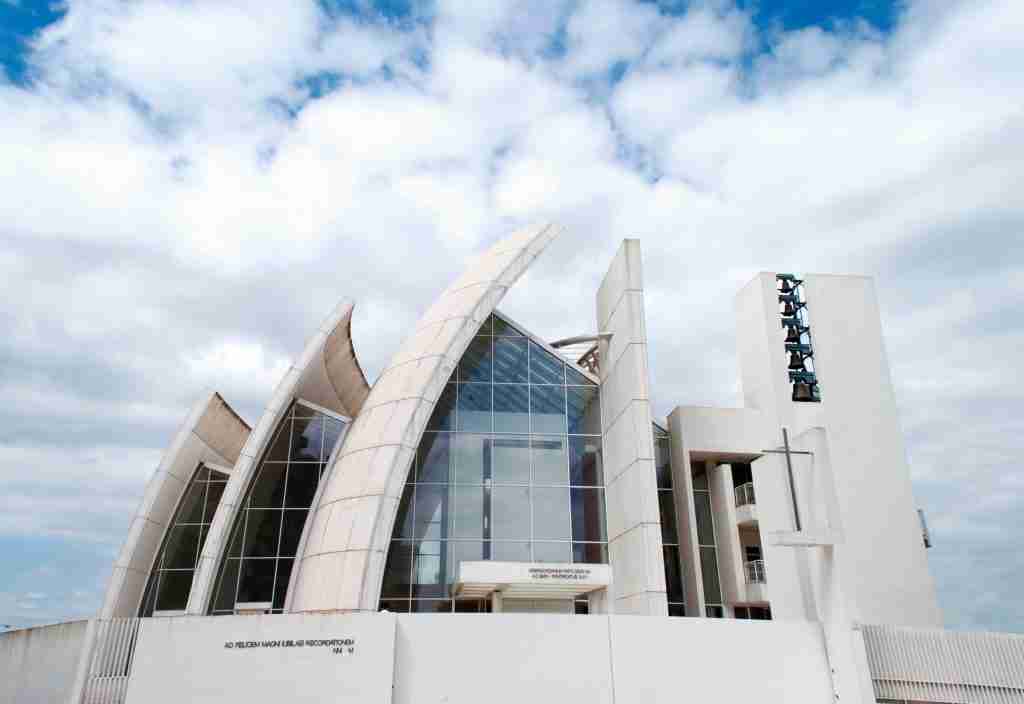
Jubilee Church in Rome
The Jubilee Church just outside of Rome (or Chiesa di Dio Padre Misericordioso as it’s known in Italian) was built in 2003 for the Great Jubilee of the Roman Catholic Church as an initiative to reinvigorate parish activity in the outer district of Tor Tre Teste. The church has a more modern design that looks like a ship, with three curved walls of precast concrete constructed to emulate sails. Each slab is modeled on a half-circle and supported with a square-shaped spine, and between each slab is a collection of windows that take in light at different angles depending on the time of day.
This design, while striking and immediately recognizable, serves a practical purpose beyond aesthetics. It is said to regulate internal heat gain, a necessity due to the vast number of windows present and the amount of light the structure consistently lets in. The inherent thermal properties of precast concrete construction ensure less temperature variation inside, making for more efficient energy usage. In the end, precast concrete not only enabled the precision required to bring this ship-like design to life, but it also provided practical advantages that will serve guests for years to come.
Diego Portales University
Built to contrast the surrounding glass-fronted office structures, the Diego Portales University’s Economics and Business building is a masterclass in precast concrete design. A towering eight stories tall, this building in Huechuraba, Chile, stands out with its unique and intentional design that is reflective of the nearby geography, connecting the structure to its surroundings. The building is part of a multi-phase process to enhance the university campus with an image of permanence and professionalism.
Although the design may seem unconventional, every element, including the seemingly random window placements, was meticulously planned. The building incorporates controlled vegetative growth on certain facades, and rooftop gardens shade the interior to reduce the impact of direct sunlight during the summer. Small openings on all facades provide ample light and minimize heat gain, while a central void disperses indirect light and encourages cross ventilation.
The use of precast concrete construction was integral in bringing this complex and artistic design to life. The building’s unique appearance and intricate details are a testament to the precision and consistency of precast design, showcasing the potential of this construction method.
Villa Saitan
The Villa Saitan in Kyoto, Japan, is a housing complex that resembles more of an art gallery than a typical residential complex. The precast walls, which enclose 11 separate units, blend seamlessly to create the illusion of a single, grand house. The panels, crafted to resemble a tree’s leaves, branches, and roots, are made to mimic nature as a sort of oasis amidst the hustle and bustle of the city.
The precast concrete panels’ complex curves required exceptional expertise to manufacture and assemble, making precast techniques the ideal choice for this project. As a result, the Villa Saitan is a stunning example of how precast concrete can combine both performance and aesthetics, showcasing the possibilities when attention to detail meets top-quality craftsmanship.
